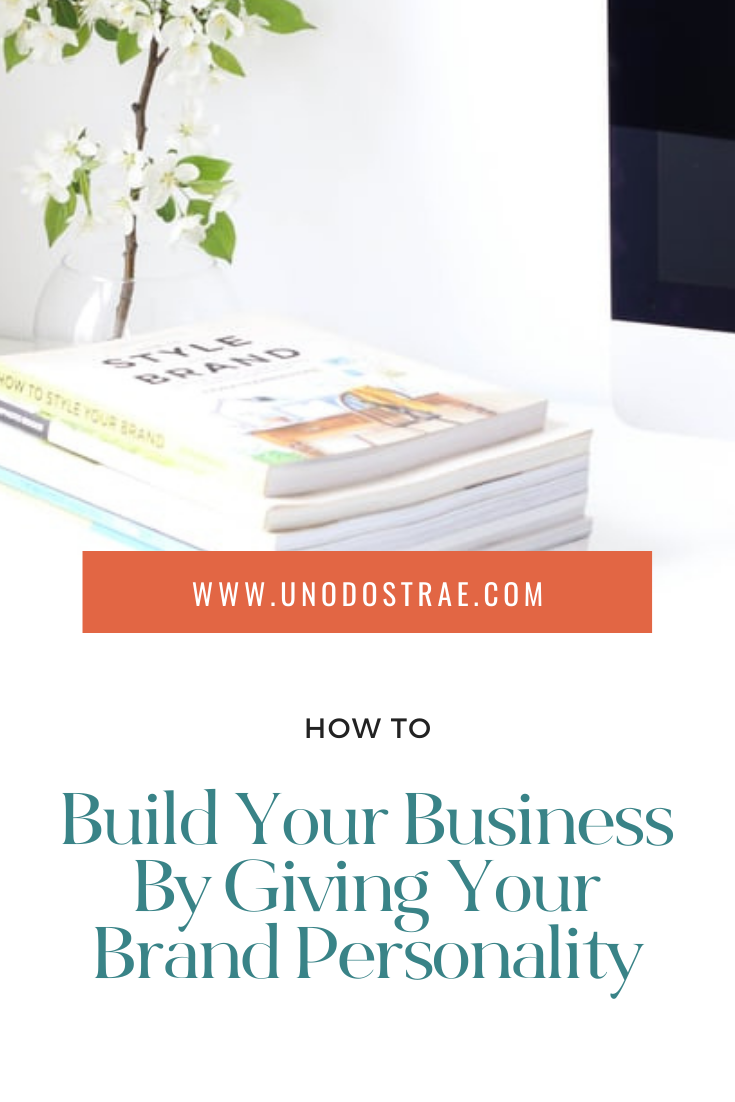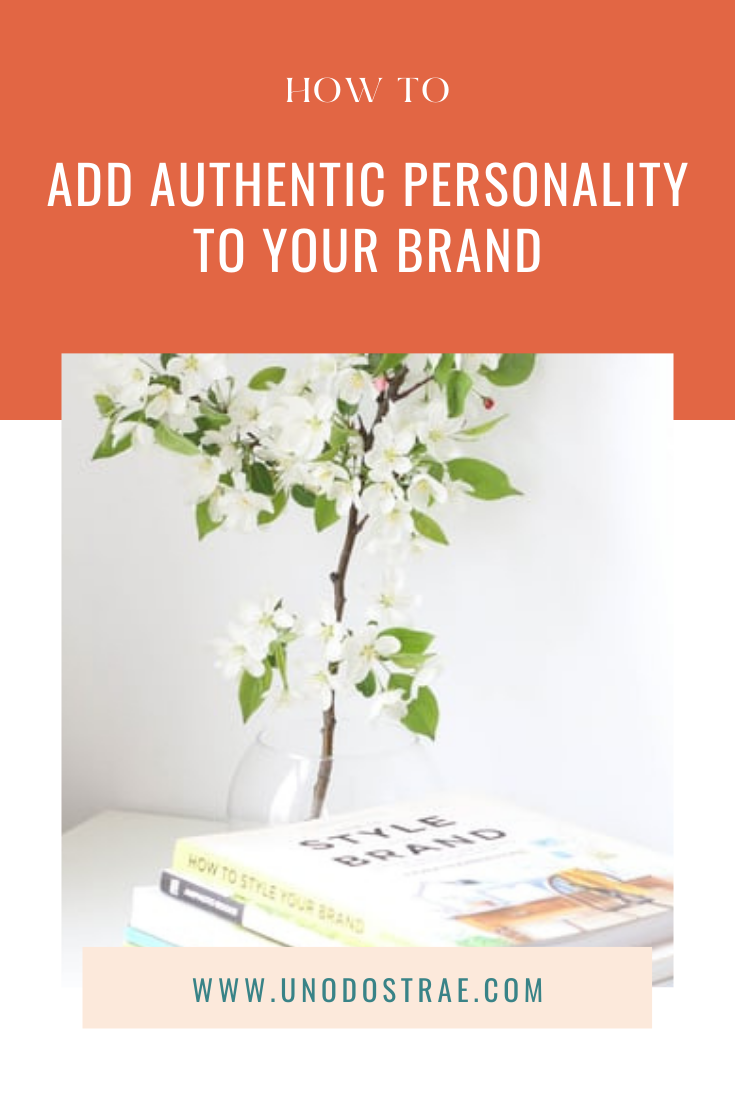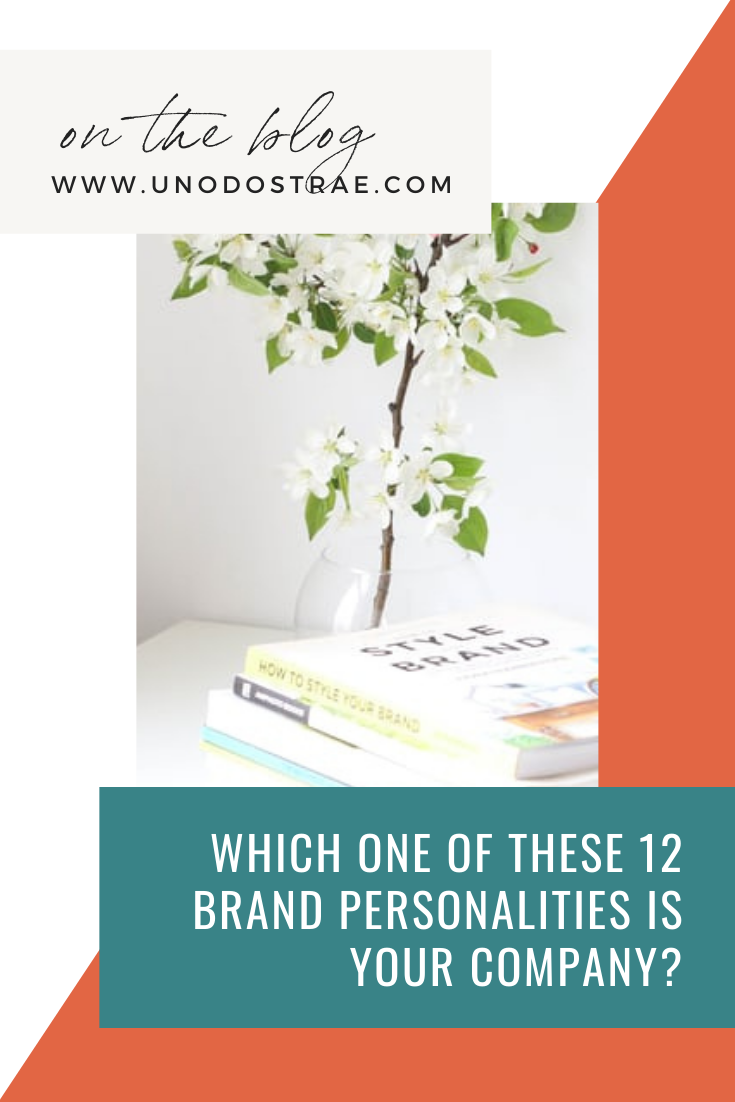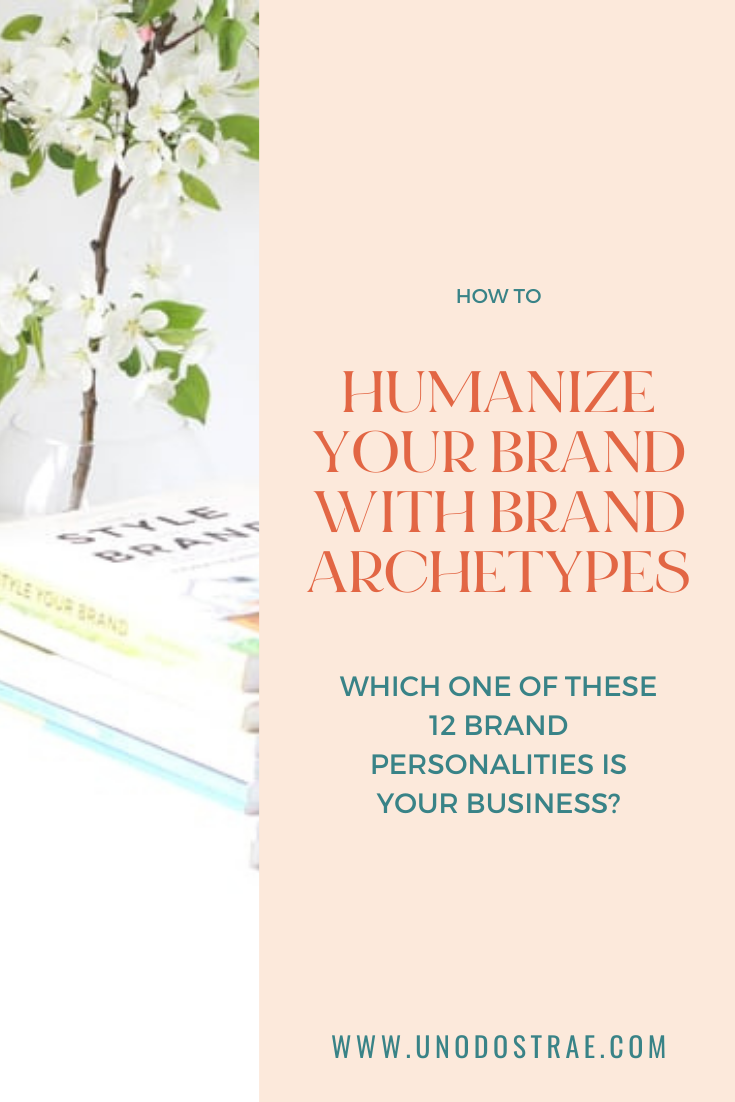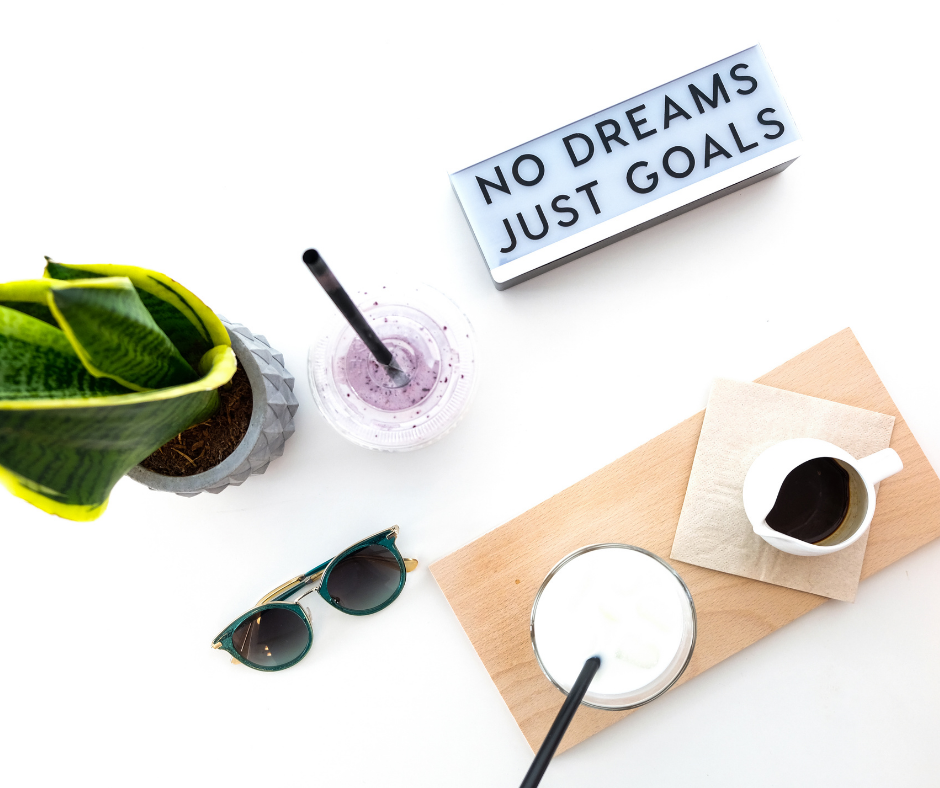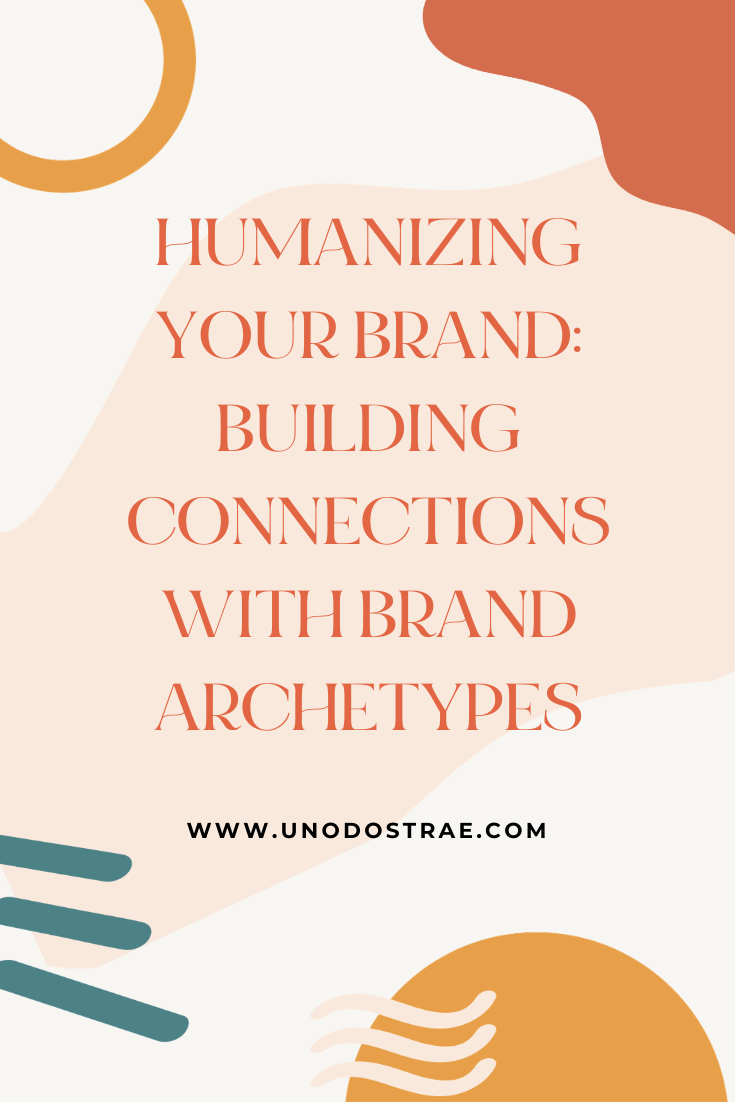
The process of building a brand might seem complicated and nuanced, but in the end it really all comes down to one thing — to ability to build connection points with your audience and clients.
See, you can’t have a successful service-based or a product-based business without creating a relationship with the exact people you are looking to serve who will eventually buy from you.
Think about it. In your own life, there are probably dozens of brands you interact with every day — and I’d bet that there are some brands that you feel more drawn to more than others. Want to know why? That’s because, at some point, those brands showcased some sort of personality or trait that you were drawn to.
Your job as a business owner? To make sure that you’re creating the same in your own business.
The reality of it is that people connect with personality. They connect with emotion. They don’t connect with features and benefits and the like… at least, not at first. Really great brands have mastered the art of connecting with their clients first and selling to them second.
And part of their secret formula? Brand archetypes.
The Idea Behind Brand Archetypes
An archetype — also known as an idea, symbol, pattern, or character type — represents a story element that appears over and over again, symbolizing something universal in the human experience. Archetypes have been around for thousands of years, and you’ve seen them all over the place — even if you don’t realize you have.
From Yoda (the Mentor) to Wonder Woman (the Hero) to Forrest Gump (the Child), your brain has connected with characters just like these, even if you haven’t actually seen the movies they exist in. Their archetype has been so woven into pop culture that they’re everywhere… and it’s incredibly powerful.
The same idea works with brands. Margaret Mark and Carol S. Pearson brought archetypes to the branding world in their 2001 book The Hero and the Outlaw, showcasing the idea that brands truly need to create that connection in order to reach their audiences on a deeper level. Really, they put it the best way: “Archetypes are the heartbeat of a brand because they convey a meaning that makes customers relate to a product as if it were actually alive in some way, they have a relationship with it and care about it.”
Understanding the Brand Archetypes Framework
To start applying the brand archetypes idea to your own business, you have to understand the framework itself — which involves 12 categories that brands can embody to reach their audience. From archetypes that evoke spirituality all the way to archetypes that leave a lasting impression, these are great frameworks for your own brand.
The Outlaw
With this brand archetype, a brand is looking to bend the rules. They’re boundary pushers, they tend to use shock value, and they’re not afraid to ruffle some feathers. These are brands like MTV, Harley Davidson, and Cards Against Humanity — businesses that have built their reputations outside of the box.
The Magician
In this brand archetype, dreams can come true — and the businesses themselves are the ones who do so. These can be big dreams or small dreams, but one thing is always certain: the magic is in the brand itself. These are brands like Disney, Make a Wish, and even Sephora — businesses that have built their customer-facing brands to remind people that they can change their appearance, their happiness, or their minds.
The Hero
With this brand archetype, businesses take their audiences on a good old hero’s journey: triumphing over an issue or a problem and coming out on top, every time. These are brands like Nike, Navy SEALS, and Gatorade — businesses that use their product or service to help people surpass seemingly insurmountable odds.
The Lover
In this brand archetype, businesses focus on relationship-building, on attachments, and on the eponymous love. These are brands like Kay Jewelry, Hallmark, and even Victoria’s Secret — businesses that show their audience how much love and connection really do matter, and that their businesses can help the audience feel the same.
The Jester
With this brand archetype, businesses use humor and play to create a brand geared towards fun to sell their products and make their audience laugh. These are brands like Sour Patch Kids, Taco Bell, and Charmin — businesses that aren’t afraid to get a little goofy, showing their audiences that not everything has to be so serious.
The Everyman
In this brand archetype, businesses play on commonalities and shared life experiences to connect with their audiences on a deeper level. These are brands like Target, IKEA, and General Motors — brands that continually get on their audiences level to sell items that they can truly see fitting in their lives.
The Caregiver
With this brand archetype, businesses remind their customers and their audience that the real job of a business is to care for each other. These are brands like the Salvation Army, Ronald McDonald House, and even Coca Cola — businesses that make global responsibility and human relationships a deep characteristic of their values.
The Ruler
In this brand archetype, businesses showcase their authority and their magnificence in their spaces. These are brands like Apple and Tesla — businesses that are leaders, originators, and the industry standard in what they create and do.
The Creator
With this brand archetype, businesses use their creative, artistic personality by encouraging others to do the same. These are brands are like Lego, Adobe, and Crayola — businesses that pursue joy through art and highlight ways in which their users, audience, and customers can pursue their own joy.
The Innocent
In this brand archetype, businesses show up for their audience predictably, honestly, and well. These are going to be brands like Method and Dove — businesses that educate their audience, promote a positive message, and genuinely live their values out loud without rebellion.
The Sage
With this brand archetype, businesses show that they’re the supreme, wisdom-filled leaders. These are going to be brands like Google, IBM, and Harvard — businesses that have long since been sage, important faces in their industries… and know it.
The Explorer
In this brand archetype, businesses remind their audience that exploration is a great thing — and that the world deserves to be looked at, with their product by their side. These are going to be brands like North Face, Jeep, and Patagonia — businesses that promote the outdoors, focus on adventure, and do it unabashedly.
As a brand, you have to understand that role you play in the lives of your audience — and then you need to optimize it. While this obviously involves more strategy than simply choosing a brand archetype, using the brand archetypes framework is a great stepping stone to humanizing your brand and starting to develop a brand personality.
—
Building a powerful strategy is key to creating a powerful brand — and having top-notch expertise is the very best way to do it. Inside my Brand Brilliance Accelerator, we’ll spend 16 weeks in a group workshop and incubator experience that will absolutely transform your brand. Are you in? Apply today.


